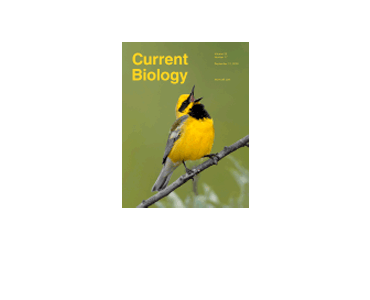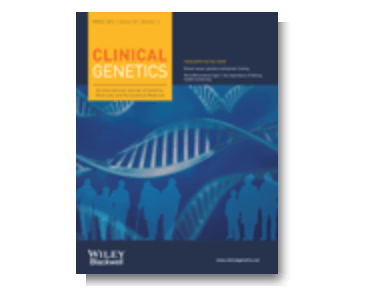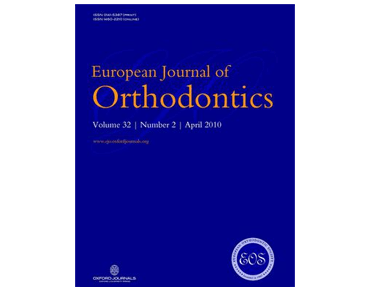The MC1R Gene and Youthful Looks. F Liu, MA Hamer, J Deelen, JS Lall, L Jacobs, D van Heemst, PG Murray, A Wollstein, AJM de Craen, HW Uh, CQ Zeng, A Hofman, AG Uitterlinden, JJ Houwing-Duistermaat, LM Pardo, M Beekman, PE Slagboom, T Nijsten, M Kayser, DA Gunn.
Date: April 2016. Source: Current Biology, Volume 26, Issue 9, 9 May 2016, Pages 1213–1220. Highlights: • We present the first genetic associations with how old people look (perceived age) • Variants in MC1R, a pigmentation gene, significantly associated with perceived age • The MC1R association was independent of wrinkling, skin color, and sun exposure…








